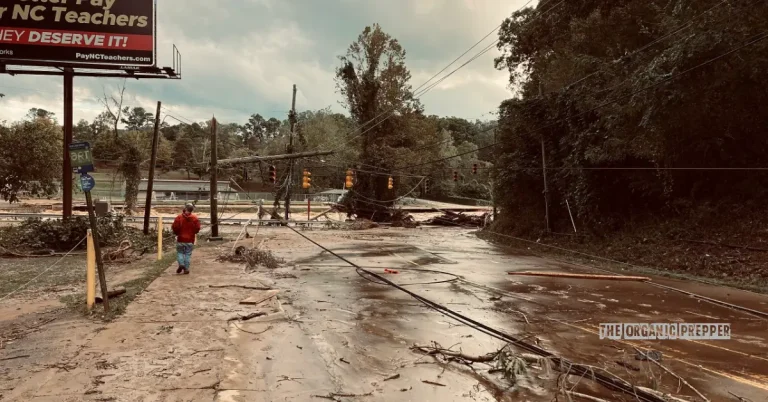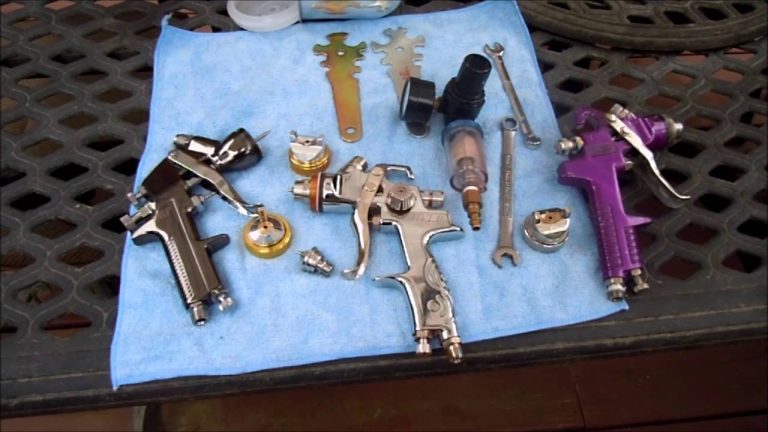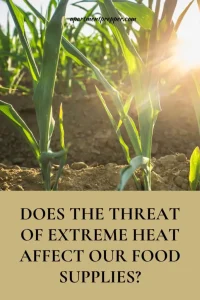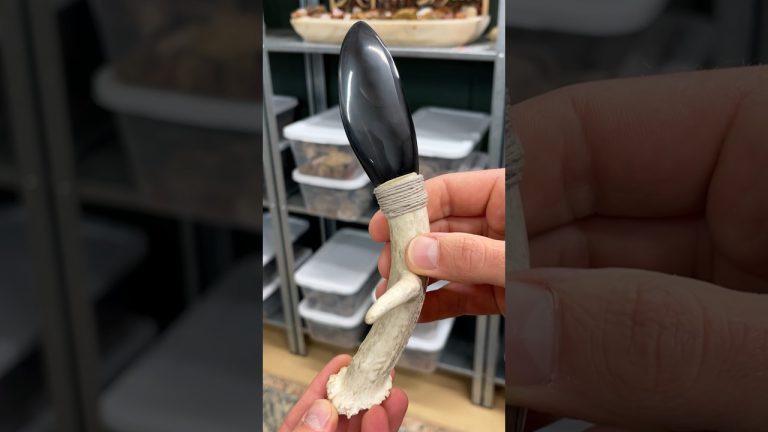For a small state that is considered a lush tropical paradise, Hawaii has a surprisingly wide diversity of climate. There are areas that are semi-arid others that are rainforest. One thing we didn’t expect is a place at risk for massive wildfires. Indeed, before 2018, only two such events had been reported historically. Now, there have been two in five years.
We can expect this trend to continue. The usual reason given is climate change. Hawaii has had less yearly rainfall recently and parts of the island chain are in the midst of a drought. A non-impact by a hurricane in the general area was blamed for bringing higher-than-average winds, causing rapid spread of fire that destroyed the town of Lahaina, killing 115 (388 are still missing). Some meteorologists, however, were uncertain about the effect of the cyclone, which passed hundreds of miles south of Maui. High winds are no strangers to the Hawaiian isles, often gusting to 40 miles per hour in summer.
A small minority of reports point to another reason for the severity of the fire: the taking over of the ecosystem by invasive species.
What? Yes, I’m not kidding. Hawaii has changed in the last few decades. Land once dedicated to sugar cane farms, pineapple plantations, and cattle pastures have been abandoned. In fact, there’s been a 60 percent decline in the agricultural use of land previously devoted to farming and ranching. Such areas, no longer managed to control vegetation, have been overrun by very flammable non-native grasses that provide fuel to wildfires, then grow back faster than native plants. In the Hawaiian ecosystem, unlike the American West, there is little advantage to wildfires.
The introduction of exotic species to Hawaii has occurred since its discovery by Europeans in the 18th century. The culprits in this case include guinea grass and fountain grass, used as pasture cover and as ornamental plants. Both species are adapted to thrive after fire, coming back with a vengeance afterwards and blocking the return of native species. In the wildfire of 2018, 85 percent of the area burnt were infested with these fire-prone grasses. Today, they cover about a quarter of the Hawaiian ecosystem.
Hawaii has little in the way of vegetation management and a plan for development of defensible spaces, the cornerstones of wildfire control. Invasive grasses grow right up against populated areas. The result is an increase in the risk of property damage and loss of life. The fact that there hasn’t been an above-average rainfall wet season on the island since 2006 gives little reason to believe that things will change anytime soon.
Controversies abound as to what was responsible for the loss of life in the recent wildfire. Silent alarm sirens, failure to shut off electricity early, blocked roads, and denial of water access for firefighters certainly played a part. Hawaii’s Wildfire Management Organization isn’t likely to help in the future. Although they “monitor” invasive species, no plan of action is yet implemented to cut down on the growing acreage of flammable vegetation that makes wildfires more intense and prolonged. Perhaps it’s too late to return Maui to the pristine state of several hundred years ago, but a strategy to exert control over invasive vegetation near populated areas is certainly possible.
Maui was caught off-guard. It shouldn’t have been, but I have little hope that any comprehensive strategy to eliminate invasive grasses is forthcoming. We can expect wildfires to be part and parcel of life in what was America’s Eden.
Joe Alton MD
Hey, don’t forget to check out our entire line of quality medical kits at store.doomandbloom.net. Also, our Book Excellence Award-winning 700-page SURVIVAL MEDICINE HANDBOOK: THE ESSENTIAL GUIDE FOR WHEN HELP IS NOT ON THE WAY is available in black and white on Amazon and in color and color spiral-bound versions at store.doomandbloom.net







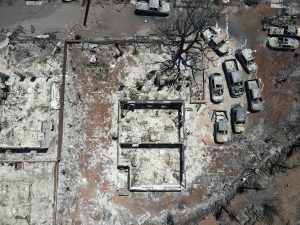

 Fountain grass
Fountain grass







